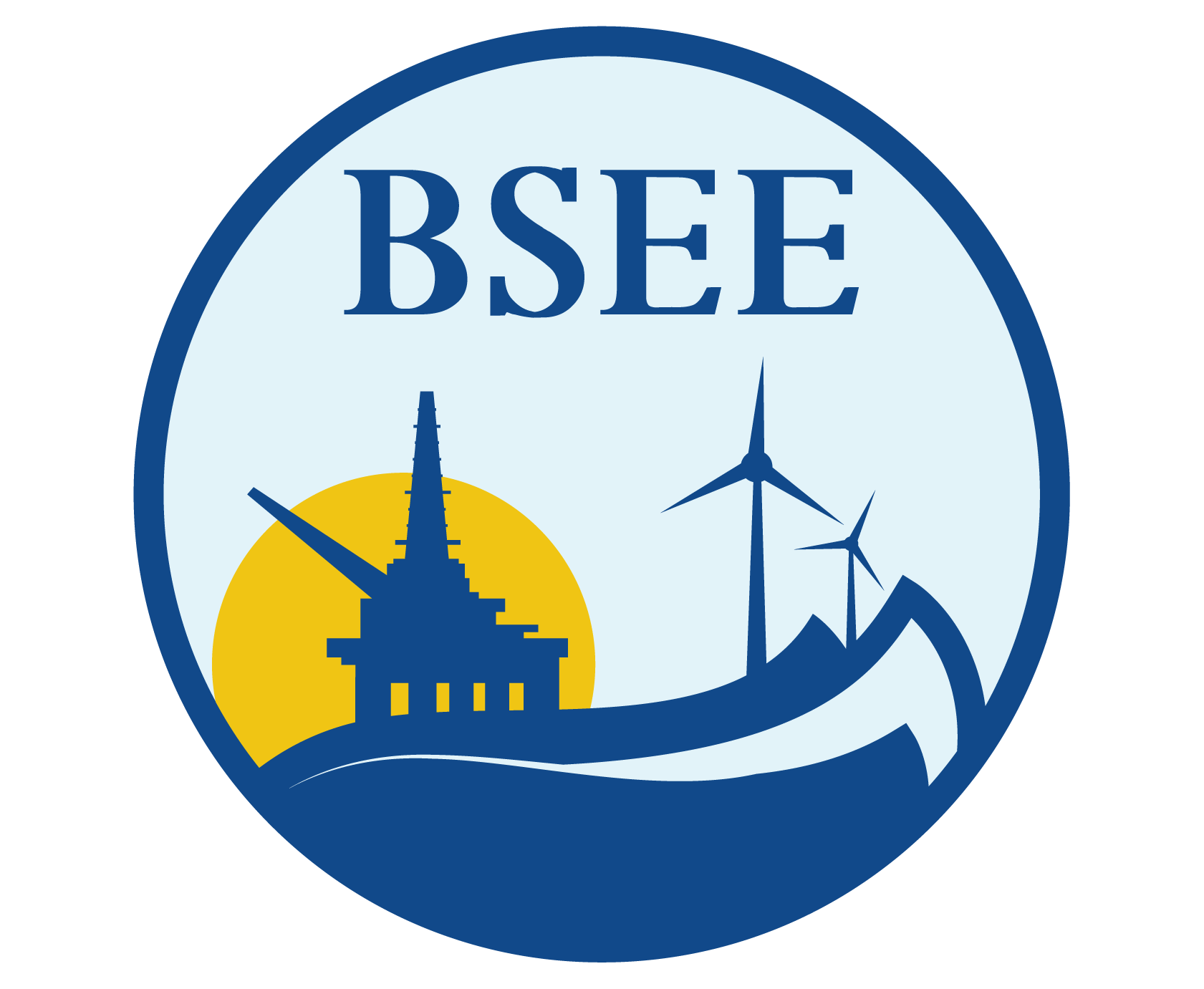The Submerged Lands Act (SLA) of 1953 grants individual States rights to the natural resources of submerged lands from the coastline to no more than 3 nautical miles (5.6 km) into the Atlantic, Pacific, the Arctic Oceans, and the Gulf of Mexico. The only exceptions are Texas and the west coast of Florida, where State jurisdiction extends from the coastline to no more than 3 marine leagues (16.2 km) into the Gulf of Mexico.
The SLA also reaffirmed the Federal claim to the lands of the Outer Continental Shelf (OCS), which consists of those submerged lands seaward of State jurisdiction. The SLA led to the passage of the Outer Continental Shelf Lands Act later in 1953 (OCSLA). The OCSLA and subsequent amendments, in later years, outlines the Federal responsibility over the submerged lands of the OCS.
On March 10, 1983, President Ronald Reagan signed a Presidential Proclamation (5030) which set up the U.S. Exclusive Economic Zone (EEZ). The EEZ consists of those areas adjoining the territorial sea of the United States, the Commonwealth of Puerto Rico, the Commonwealth of Northern Mariana Islands, and U.S. overseas territories and possessions. The EEZ extends up to 200 nautical miles (370 km) from the coastline. About 15 percent of this area lies on the geologic continental shelf and is shallower than 200 m (656 ft). Another 10 to 15 percent lies on the continental slope and rise, between 200 and 2,000 m (656 and 6,562 ft) water depth. The remaining 70–75 percent is abyssal plain where water depths reach 3,000–5,000 m (9,843–16,405 ft).
While the OCSLA define BSEE jurisdiction and regulatory responsibility on Federal offshore lands, other Federal laws play a significant role in the management of offshore operations. Compliance with the provisions of these laws is a major undertaking within BSEE. Some of those laws are the:
- National Environmental Policy Act of 1970 (NEPA) - The NEPA requires a detailed environmental review before any major or controversial Federal action.
- Clean Air Act of 1970 (CAA, reauthorized in 1990) - The CAA regulates the emission of air pollutants from industrial activities.
- Coastal Zone Management Act of 1972 (CZMA, reauthorized in 1990) - The CZMA requires State review of Federal action that affects the land and water use of the coastal zone.
- Clean Water Act of 1977 (CWA) - The CWA, through the issuance of National Pollutant Discharge and Elimination System permits, regulates the discharge of toxic and nontoxic pollutants into the surface waters of the U.S.
- Oil Pollution Act of 1990 (OPA 90) - OPA 90 amended the Clean Water Act and addressed a wide range of issues associated with prevention, response, and the cost of oil pollution incidents in U.S. navigable waters.
- Federal Oil and Gas Royalty Management Act of 1982 (FOGRAMA) - The FOGRAMA requires that oil and gas facilities be built in a way that protects the environment and conserves Federal resources.
- Marine Mammals Protection Act of 1972 (MMPA) - The MMPA provides for the protection and conservation of all marine mammals and their habitats.
- Endangered Species Act of 1973 (ESA) - The ESA requires a permit for the taking of any protected species. It also requires that all Federal actions not significantly impair or jeopardize protected species or their habitats.
For information regarding compliance during the leasing and exploration process, see the Bureau of Ocean Energy Management's (BOEM) Environmental Assessment Branch.
